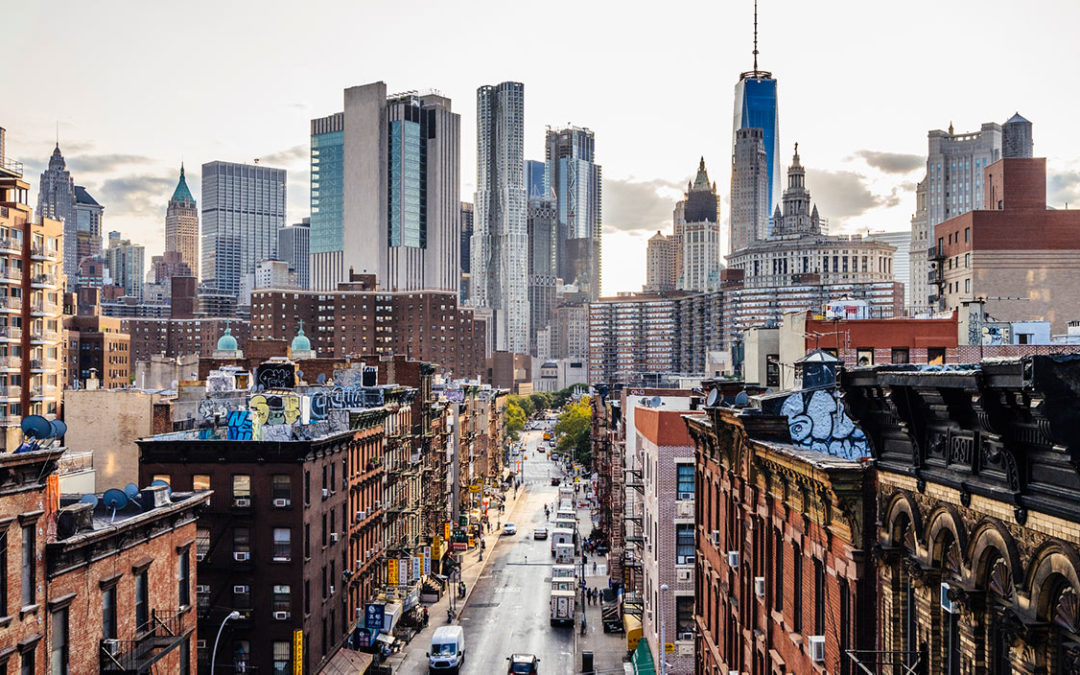Traffic congestion remains a persistent issue affecting cities worldwide. INRIX, Inc., a global leader in transportation data and analytics, recently released the 2023 Global Traffic Scorecard, which identifies and ranks congestion and commuting trends in nearly 1,000 cities across 37 countries. For many in U.S. cities, driving means more time behind the wheel.
New York City: The Epicenter of Congestion
New York City has once again topped the global ranking for traffic congestion, followed closely by Mexico City and London. Despite a slight reduction in overall congestion (4%), New York remains the most congested city in the United States, with the average driver losing 101 hours to traffic in 2023. The financial impact is equally staggering, with each driver incurring an average cost of $1,762, leading to a total cost of $9.1 billion for the city.
Other U.S. cities also feature prominently in the rankings. Chicago (96 hours) and Los Angeles (89 hours) are second and third, respectively. Across the United States, the typical driver lost 42 hours to traffic congestion, with the associated cost per driver increasing by nearly $100 from the previous year to $733.
Changing Patterns in Congestion
The resurgence in traffic congestion post-COVID-19 is not merely a return to the pre-pandemic status quo. According to Bob Pishue, transportation analyst at INRIX, traffic congestion is a barometer of economic health; it symbolizes bustling activity yet simultaneously hampers it. The lingering effects of the pandemic have resulted in new travel patterns, notably influenced by the continuation of hybrid and remote work arrangements.
One of the most significant changes observed is the emergence of a new midday rush hour. Traditional morning commutes have decreased by about 12% compared to 2019, while the evening peak has reduced by 9%. However, average hourly traffic during the midday has surged by an astonishing 23%. This shift reflects the new dynamics of work schedules and commuting habits, with many employees now opting for flexible work hours.
America’s Most Congested Cities
The INRIX report provides a detailed look at the ten most congested urban areas in the United States. Besides New York City, other cities like Chicago, Los Angeles, and Boston continue to face severe traffic issues. For instance, Boston drivers lost an average of 88 hours to congestion, costing them $1,543 each. The total economic impact for Boston was $2.9 billion.
Interestingly, some cities have seen significant changes in congestion levels. Miami, for example, witnessed an 18% increase in congestion compared to the previous year, with drivers losing 70 hours on average. Philadelphia also experienced a 2% increase, while Washington, D.C., saw a 9% decrease in congestion.
The Midday Rush and Its Implications
The shift in peak traffic hours has significant implications for urban mobility and transportation planning. The increase in midday traffic suggests that city planners and policymakers need to rethink traditional approaches to traffic management. For instance, the increased use of roads during midday hours might require adjustments in traffic signal timings, public transport schedules, and even road maintenance activities to better accommodate the new patterns.
Orlando I-4: The Most Congested Corridor
Beyond city-wide congestion, the report highlights the most congested corridors in the United States. Orlando’s I-4 westbound corridor emerged as the most congested, with drivers losing an average of 31 minutes during peak hours. This represents a significant rise from its 10th position in 2022. Similarly, the I-95 corridor in Stamford, Connecticut, showed substantial congestion in both directions, with northbound and southbound travelers losing 29 and 28 minutes, respectively.
The 2023 Global Traffic Scorecard by INRIX underscores the growing crisis of traffic congestion in urban areas worldwide. While the resurgence of traffic post-COVID-19 signals economic recovery, it also brings to light the evolving challenges in urban mobility. The emergence of new travel patterns, such as the midday rush hour, calls for innovative solutions and adaptive strategies to manage congestion effectively.
